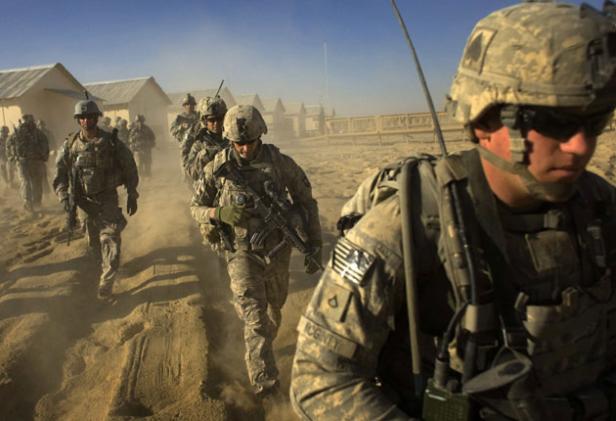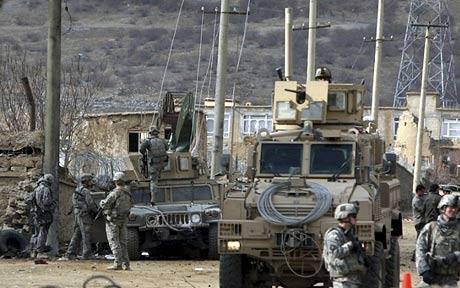– Military Decides You Shouldn’t See Key Data on Afghan Insurgency (Wired, March 6, 2013):
One of the major metrics for the decade-long Afghanistan war is seriously flawed. Rather than fix the problem, the U.S.-NATO military command in Kabul has decided that you simply shouldn’t see the data.
Late last month, the International Security Assistance Force (ISAF) conceded that it misreported the 2012 statistics on Taliban attacks. Its explanation was that a data-entry error had discounted attacks reported by Afghan forces — so much so that a statistically insignificant change in the level of so-called “enemy initiated attacks” became a 7 percent decline from 2011 levels.
ISAF’s response, the Associated Press recounts, is to end public reporting on enemy-initiated attacks. It’ll still record attack levels, according to spokesman Jamie Graybeal, but it won’t publish any of the data it collects — all because it’s losing confidence in the veracity of its information. As Afghan forces take increasing control of the war, ISAF will cede control of overseeing the attack data collection. “We have determined that our databases will become increasingly inaccurate in reflecting the entirety of enemy initiated attacks,” Graybeal told the Associated Press’ Bob Burns, who broke the story.
Read moreU.S.-NATO Military Command Decides You Shouldn’t See Key Data on Afghan Insurgency


